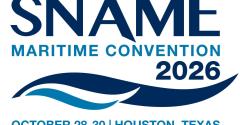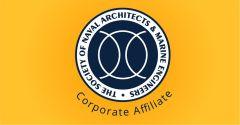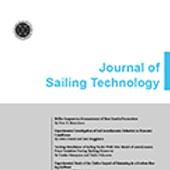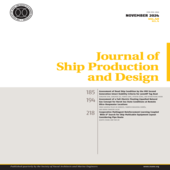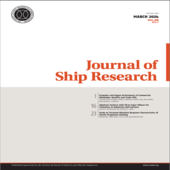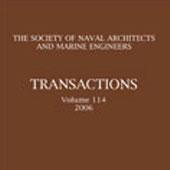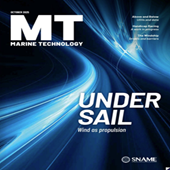This report recommends that ships and offshore platforms be designed to survive encounters with extreme waves, categorized here as wave Types I and II. The initial objective of the report is to establish the existence and characteristics of these waves and the storm conditions that produce them. It then examines current design practice and certain casualties that reveal the failure of current practice to ensure survivability. Design and test procedures are then proposed to assure that future ships and offshore platforms can withstand encounters with these extreme waves.
Section 2 of the report briefly reviews background information that has played a significant role in the identification and characterization of extreme wave Types I and II.
Section 3 presents photographic and other evidence of the existence of Type I waves, together with a time-series wave height profile obtained during Hurricane Camille. This type of wave is long-crested, steep-fronted, and non-dispersive. Its height as measured during Camille was 22.1 m (72.5 ft). A Type IA wave is also identified which emanates from the ends of the Type I wave. Section 4 presents photographic and other evidence of the existence of Type II extreme waves. This sharply breaking wave has a front face height as measured in hurricane Camille of 19.9 m (65.2 ft). It is transient in time and location and highly dissipative of its energy as a result of its severe breaking as shown in its photograph. Because of its energy dissipation characteristic, the associated wave spectrum values of Hmo versus Tp plot close to the Seaways of Limiting Steepness boundary of a previously derived Survivability envelope. This wave results from strong, gusty winds acting locally on a storm-driven seaway having central winds of 60 knots or more. Section 5 identifies the need for replicating Type I and II extreme waves in test tanks because of the predominance of severe impact loadings and the ensuing time-dependent, nonlinear loads and motions. Examples of the ship and offshore platform damages and/or losses are used to illustrate the failings of current design standards. A first-principles design methodology is recommended for dealing with these deficiencies. Section 6 provides a summary of the findings of the report. Section 7 recommends follow-on initiatives for reducing these recommendations to design practice including the development of an appropriate seakeeping design specification.


